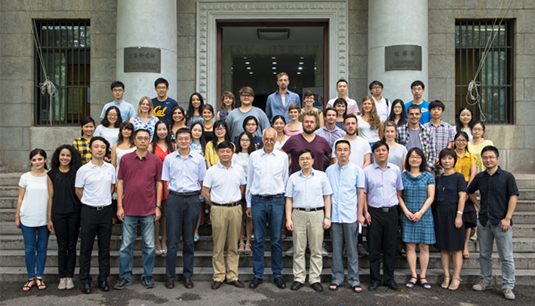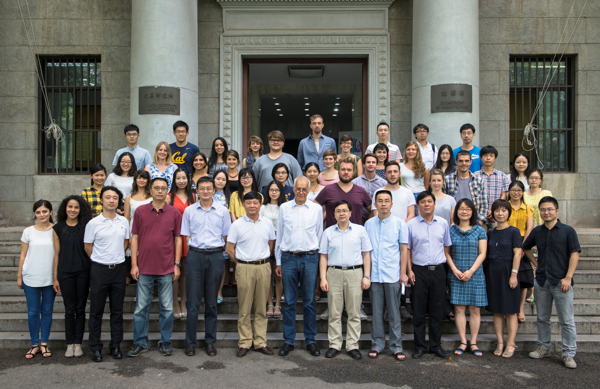



Between 31. August and 18. September, 2015, 18 Chinese students from Southeast University and 18 German students from different universities in Germany joined the first Urban Studio within the city partnership between Essen and Changzhou.
It aims to provide German and Chinese students the opportunity to develop innovative urban planning concepts for Wujin District in Changzhou in an interdisciplinary environment under supervision of experts.
The three-week Studio combined lectures, field trips, group work, and exchange sessions with Changzhou stakeholders and prominent urban designing experts in China. It started with lectures, where students, especially, German students, gained understanding about urban development in China. For example, they learned about the challenges of urban development and planning, the governance structure of urban planning. Such an understanding had been largely enhanced by the intensive exchange with Chinese students and lecturers in three weeks.
To develop a tailored solution to local conditions, the students joined in-depth excursions to relevant sites and districts in Changzhou. The first excursion was guided by Wujin urban planning bureau and Changzhou Science and Education Town. They introduced the students to the different sites, where the city government is facing challenges (for example, development of the old town in the district, revitalisation of water canal system in the district) and is still searching for solutions. The second excursions was organised by the students themselves and gave them a chance to interview different stakeholders and obtain more detailed information about the sites. On the last day, students presented their ideas of transforming different sites under the paradigm of ?small is beauty“ in a step-by-step approach.
Three different topics were selected: how to improve the so-called “Sunan Business Model” (a typical business model in Changzhou), how to vitalise the old city area, and rethink water culture. Under each topic, the students were further grouped according to different sites and perspectives. There is an overarching group who sets overall framework and integrate all topics.
Three weeks were short. All experts and Changzhou stakeholders were impressed by the solutions the students delivered, the interdisciplinary and systematic approach they took, and their commitment. Students expressed they had learn a lot about both professional knowledge and culture from each other.